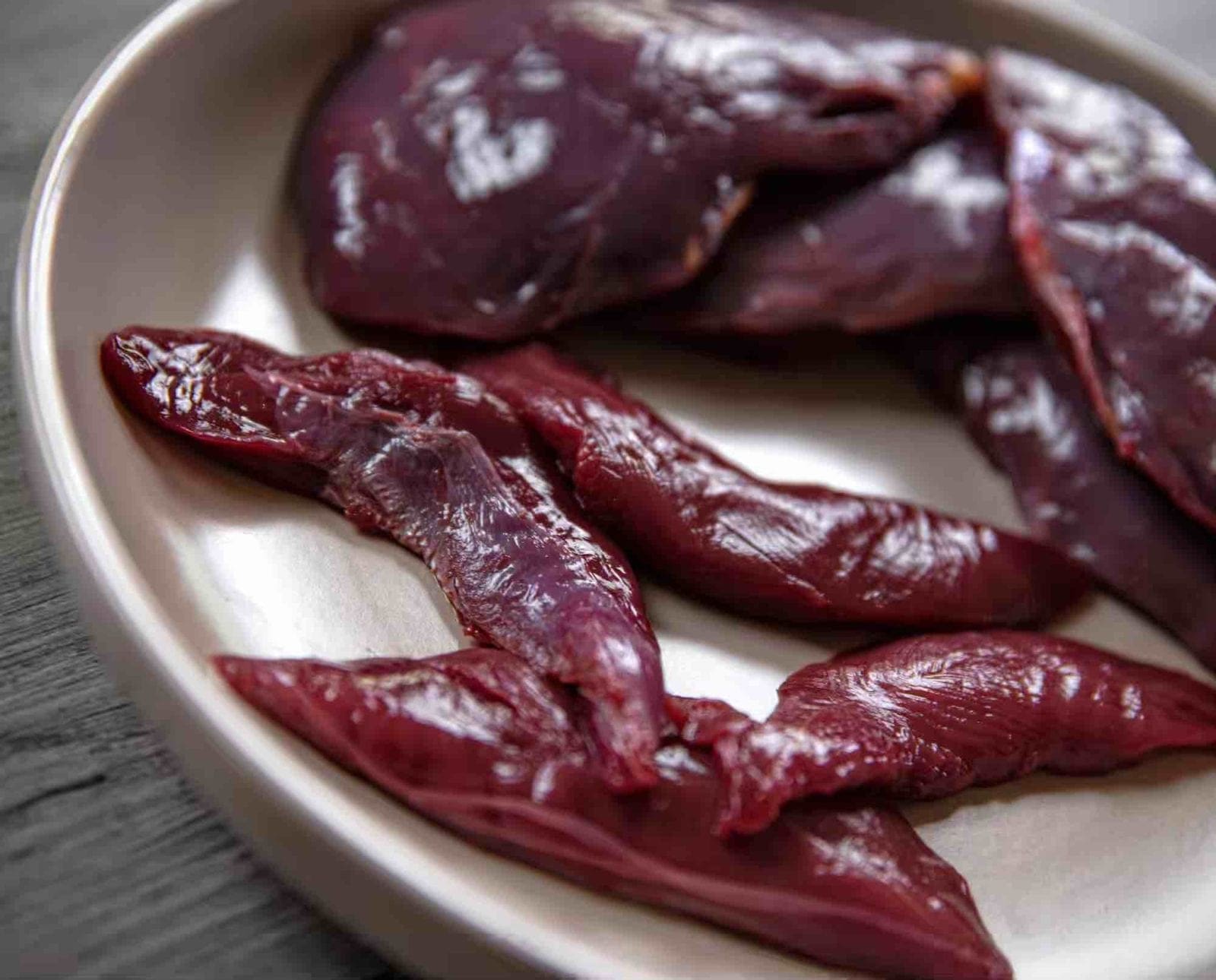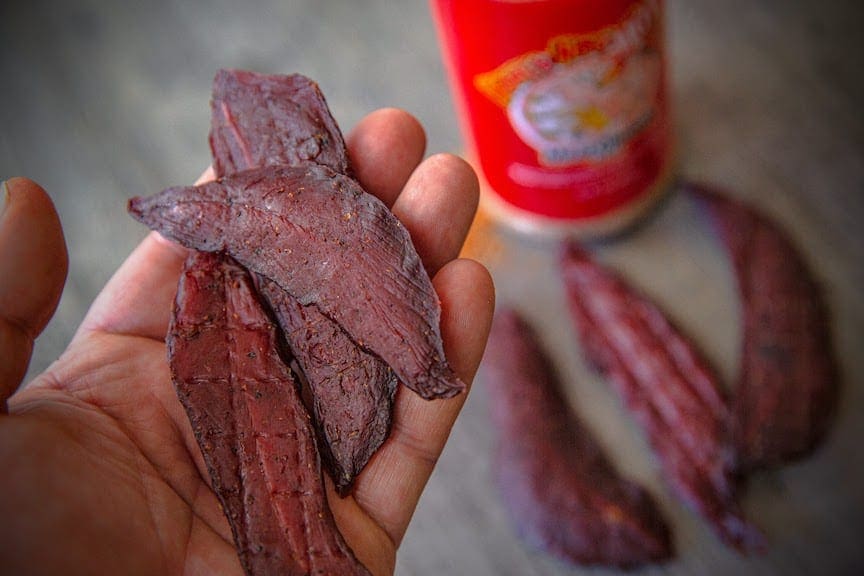Home » Small Game Cooking » The Complete Guide to Upland Bird Tenderloins
The Complete Guide to Upland Bird Tenderloins

Jack Hennessy grew up in the South Suburbs of Chicago…
Tips and tricks for processing and cooking the most tender cut of meat on any upland bird
When I first started cooking, I had no idea what a bird tenderloin was, let alone where to find it. Then I thought it was along the back—but every big game hunter knows that’s where you find the loin, not the tenderloin. But after several years of butchering birds, I have come to believe that not only is a bird’s tenderloin very easy to locate and remove, but it’s something worth doing every time you breast out a bird.
Listen to more articles on Apple | Google | Spotify | Audible
How to find and remove the tenderloin
Tucked behind the breast, you will find the tenderloin. More than likely, you can pull off the tenderloin using only your hands. Perhaps a quick, short swipe from a knife will facilitate this, but you will never have to carve out the tenderloin. My preferred method is to remove the breasts, then delicately pull off the tenderloin from the rear, non-smooth side.
Appearance, size, and color of the tenderloin
You’ll likely notice that the muscle patterns on a tenderloin are far more defined and vary slightly from that of the breast. The muscle striations are shorter compared to the breasts, which lends itself to a more tender texture. This muscle isn’t considered a hard-working muscle, unlike wings and even breasts, so the tenderloin isn’t generally affected by the factors (such as age and exertion) that can make other cuts tough.
Spring longbeards with hooks you could hang on a tree may yield tenderloins the size of pheasant breasts (perhaps weighing even 4-5 ounces), while your smaller birds, obviously, will have smaller tenderloins. Red-meat birds like prairie chickens and sharptails will have red tenderloins, while lighter-meat birds like pheasant and ruffed grouse will have lighter colored tenderloins. This will affect how you should cook them.
Tips for cooking bird tenderloins
The same principles of cooking a bird’s breast meat apply to its tenderloin. For red-meat birds, try not to cook it past 140 degrees Fahrenheit. For lighter-colored birds, 160 F is the goal. Hot and fast in a cast-iron skillet is a great method, keeping in mind that smaller tenderloins obviously cooking faster. For some upland bird tenderloins, I cook them on each side just long enough to get a sear (this could be as short as 10 seconds in a 500- to 600-degree skillet), then remove to let rest a few minutes before eating. Bottom line: these things cook quickly. But I have also smoked some prairie chicken tenderloins at 180 degrees for 1-1/2 hours on my pellet grill and, while the meat did exceed 140, they were still very tasty.

As you might have guessed, the tenderloin is the most tender cut of meat on a bird. Yes, you can tenderize other cuts through various cooking methods, but the tenderloin will easily produce delicious, tender bites, even when thrown over a grill. That includes wild turkey tenderloins. While an old gobbler may require advanced methods to tenderize most of its cuts, the tenderloin, tucked behind a breast the size of your head, will produce a grilled piece of meat that you can nearly cut with your fork.
There is indeed a tendon that runs through the tenderloin. I usually don’t bother removing it, but if you choose to, position the tendon between two tines of a fork. Holding a paper towel or napkin, grip the tenderloin and slowly pull it out.
If you do keep the tenderloin attached, it will cook separately and much quicker than the rest of the breast. This means that the tenderloin could end up drier and less tender than it would have been if cooked alone.
How do you make the most of your bird tenderloins? Reach out to me on Instagram (@WildGameJack) with any questions or comments, and be sure to check out my wild game recipes and cooking instructions here.
Jack Hennessy grew up in the South Suburbs of Chicago and didn't start hunting until he attended graduate school in Spokane, Washington, at the age of 26. Hennessy began work in professional kitchens in high school but didn't start writing wild game recipes until he joined the Spokesman-Review in 2014. Since then, his recipes have appeared with Petersen's Hunting, Backcountry Journal, Gun Dog Magazine, among many others. He now lives with his Wirehaired Vizsla, Dudley, in Wichita, Kansas.



